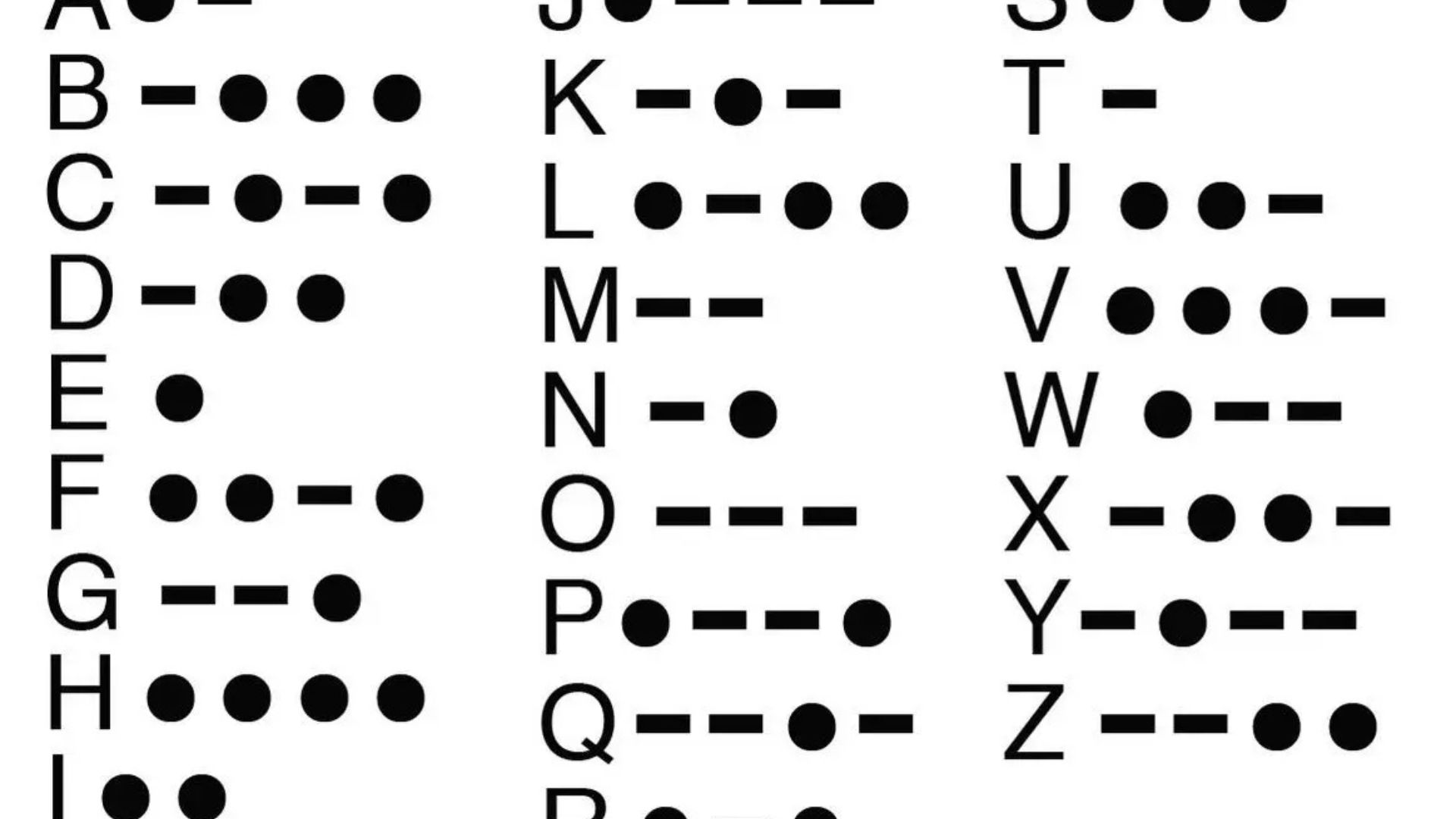Morse code, a system of encoding text characters as sequences of dots and dashes, has been a fundamental means of communication since its invention in the 1830s. Developed by Samuel Morse and Alfred Vail, it enabled long-distance communication, especially in maritime and military contexts. But what if we could take this fascinating concept and apply it to the animal kingdom? Enter the whimsical notion of a “Morse Code Hamster.”
In this article, we will explore the intersection of Morse code and animal communication, particularly focusing on hamsters. We’ll discuss the basics of Morse code, delve into the natural behaviors of hamsters, and imagine a world where these small creatures communicate using dots and dashes.
Understanding Morse Code
What is Morse Code?
Morse code is a method of encoding letters and numbers using a series of short and long signals. These signals can be represented visually, audibly, or in written form. Each letter in the alphabet is assigned a unique combination of dots (short signals) and dashes (long signals). For example:
A: .-
B: -…
C: -.-.
Morse code is particularly useful in situations where voice communication is not feasible, such as during radio transmissions.
The Evolution of Morse Code
Originally designed for telegraphy, Morse code has evolved over the years and has been utilized in various forms of communication, including aviation and amateur radio. Its simplicity and efficiency have contributed to its longevity, and it continues to be taught as a basic form of emergency signaling.
Hamsters: Nature’s Tiny Communicators
A Brief Overview of Hamsters
Hamsters are small rodents belonging to the subfamily Cricetinae. These charming creatures are popular pets and are known for their cheek pouches, which they use to store food. Hamsters are primarily nocturnal and exhibit a range of behaviors that suggest they communicate with each other and their environment.
Natural Communication in Hamsters
Hamsters communicate through a variety of means, including vocalizations, scent marking, and body language. Here are some ways they convey messages:
Vocalizations: Hamsters can produce sounds like squeaks, chirps, and growls. Each sound can signify different emotions or states, such as excitement, distress, or territorial warnings.
Scent Marking: They have scent glands that they use to mark their territory. This behavior is crucial in social interactions, helping them establish boundaries and communicate reproductive status.
Body Language: Hamsters express their feelings through their posture and movements. For example, a hamster standing on its hind legs may be alert and curious, while a crouched position can indicate fear or submission.
Imagining a Morse Code Hamster
The Concept of Animal Communication
Now, let’s take a creative leap and imagine hamsters using Morse code as a form of communication. What would this look like? Could they convey complex messages using simple signals?
Training a Hamster to Use Morse Code
While the idea of training a hamster to use Morse code might sound fanciful, let’s explore how one might hypothetically go about this:
Understanding the Signals: A hamster could be trained to respond to light or sound cues representing dots and dashes. For instance, a brief flash of light could signify a dot, while a longer flash could represent a dash.
Reinforcement Learning: By using positive reinforcement, such as treats, hamsters could learn to associate specific signals with certain meanings. Over time, they might even begin to form basic sentences.
Creating a Vocabulary: With enough training, hamsters could develop a limited vocabulary. For example, they could communicate needs like food (.-.. — — -.-) or danger (-.. .- -. –. . .-.).
The Fun of a Morse Code Hamster
Imagine a playful scenario where a group of hamsters communicates with each other using Morse code. Each day, they could gather around a light source to exchange messages, creating a fascinating social dynamic within their habitat.
The Importance of Communication in the Animal Kingdom
Understanding Animal Behavior
Communication is vital for all animals, not just hamsters. It plays a crucial role in social structures, mating rituals, and territorial disputes. By studying how different species communicate, scientists can gain insights into their behaviors and ecology.
The Role of Creativity in Animal Communication
Exploring the idea of Morse code among hamsters encourages us to think creatively about animal communication. It challenges traditional notions and invites us to consider how animals might adapt human concepts for their own needs.
Conclusion
The whimsical concept of a Morse Code Hamster serves as a reminder of the complexity and creativity of communication in the animal kingdom. While hamsters may not actually use Morse code, imagining this scenario opens up discussions about how animals communicate and the importance of understanding these interactions.
ALSO READ:Best Recliners For Neck Pain: Ultimate Guide for Comfort and Support
FAQs
Can hamsters really learn to communicate using signals?
While hamsters can be trained to respond to certain cues, they do not naturally communicate using structured signals like Morse code. However, with positive reinforcement, they can learn to associate specific actions with rewards.
What are some common sounds that hamsters make?
Hamsters produce a variety of sounds, including squeaks, chirps, and growls. Each sound can indicate different emotions or situations, such as fear, excitement, or distress.
How do hamsters communicate with each other?
Hamsters communicate through vocalizations, scent marking, and body language. These methods help them establish social hierarchies, attract mates, and define territory.
Is Morse code still used today?
Yes, Morse code is still used in specific contexts, such as aviation and amateur radio. It’s also taught as a basic form of emergency signaling.
What other animals use complex communication systems?
Many animals use complex communication systems, including dolphins, primates, and birds. Each species has developed unique methods to convey information vital for their survival and social interaction.

